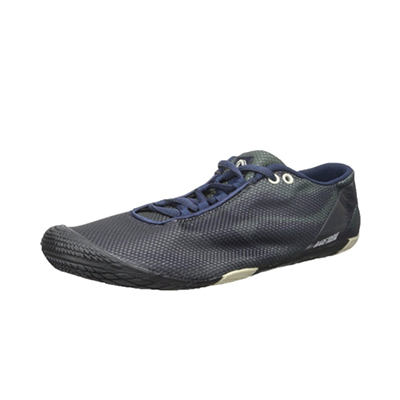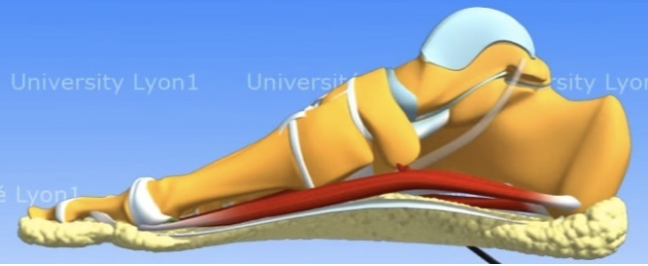The ideal shoe closely resembles the bare foot. It just has to protect the foot against shocks (table...), against aggressive floors and against extreme temperature variations.
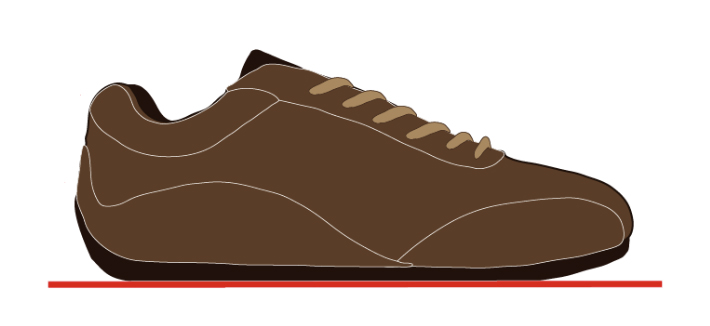
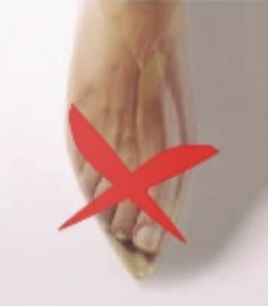 JB Rodde
JB Rodde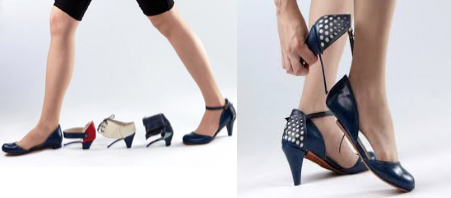 Daniela Bekerman
Daniela Bekerman Tanya Heath Paris
Tanya Heath Paris
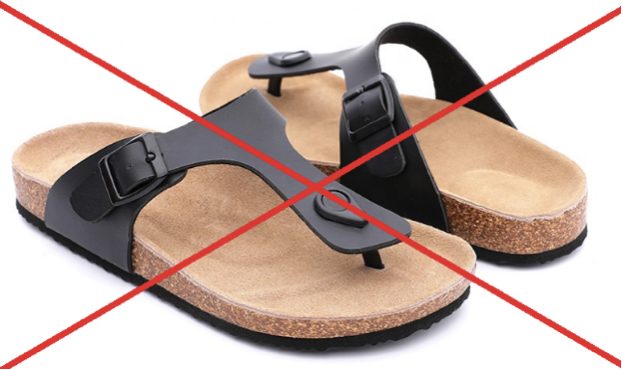
From generation to generation, the same advice persists! Supporting the foot has become logical and necessary for everyone. But is it really the best for our children ?
It is important to know that a child who starts to walk does not have the musculature sufficiently developed to accomplish the ‘tours de force’ of adults. And this is quite normal! The musculature of the child's feet will become more refined and develop until the age of 8. This is why it is useless to support the child's foot and hold his ankles. Supporting and holding means preventing the muscles from developing properly.
To ensure the normal development of the muscles of the ankles and feet, it is advisable to avoid shoes with high legs that fix the ankles, and arch support soles restricting foot movement. These support elements (high legs and artificial arches) hinder the natural development of the supporting muscles of the plantar arches and the stabilising muscles of the ankles. It is largely because of these supports that 80% of the population has flat feet.
The ideal ‘CHILDSHOE’ must meet the criteria of an ‘ADULT’ city shoe. It should have the thinnest possible outsole.

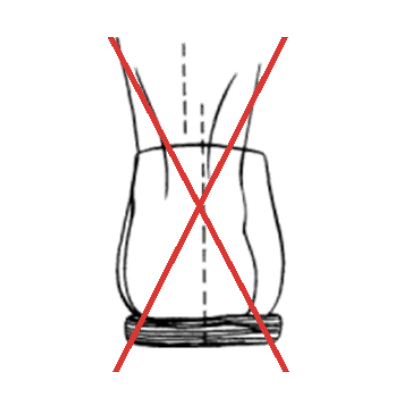 Back heelpiece too wide
Back heelpiece too wide
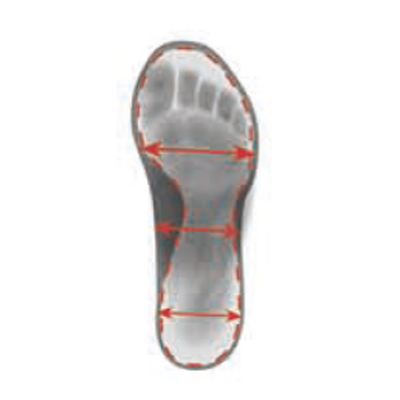 Outsole too narrow
Outsole too narrow

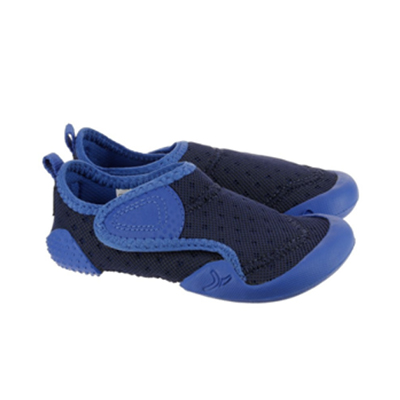 Decathlon Babylight Slippers
Decathlon Babylight Slippers
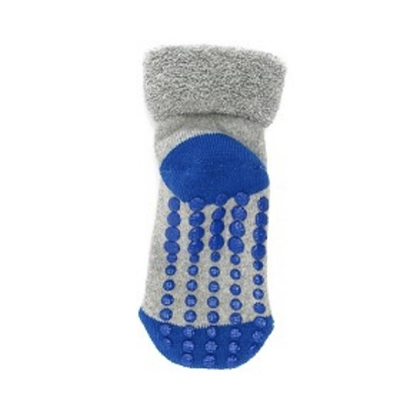 Slip-resistant sock
Slip-resistant sock
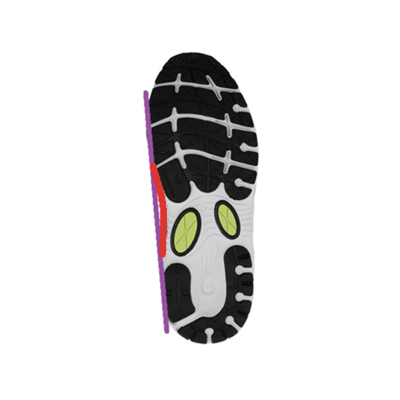 Straight axis
Straight axis
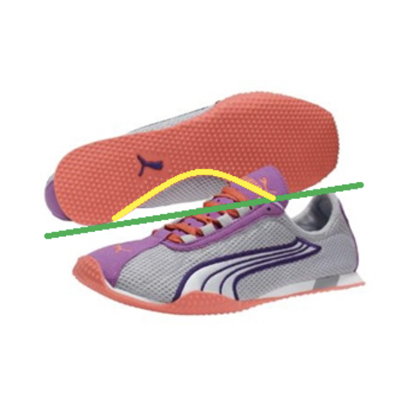 Curved axis
Curved axis
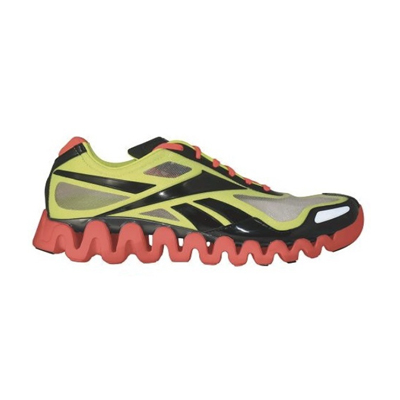 Maximalist shoes
Maximalist shoes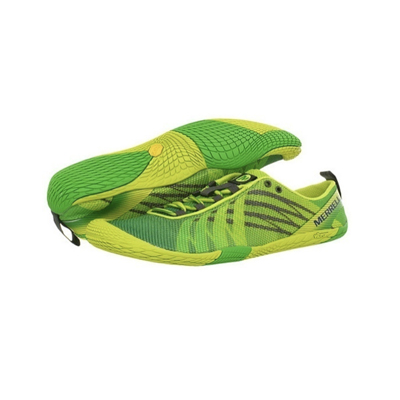 Minimalist shoes
Minimalist shoes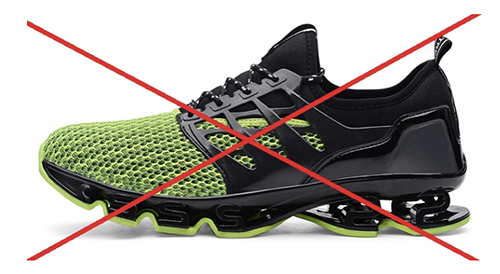
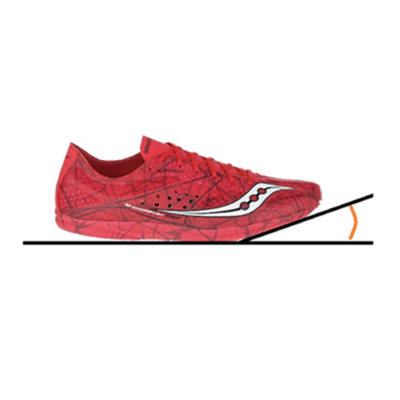 Toe Spring
Toe Spring
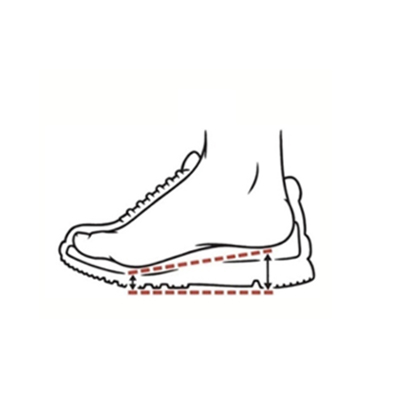 Drop
Drop
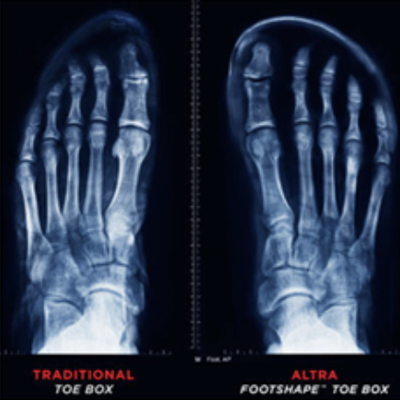 Toe-Box
Toe-Box
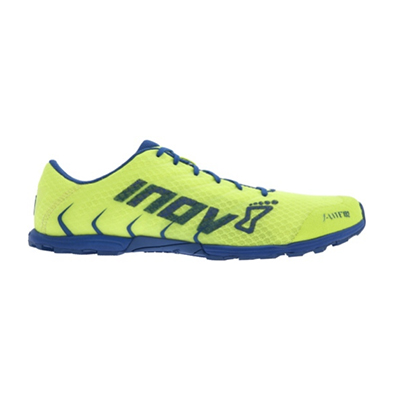 Inov-8 F-Lite 192
Inov-8 F-Lite 192
